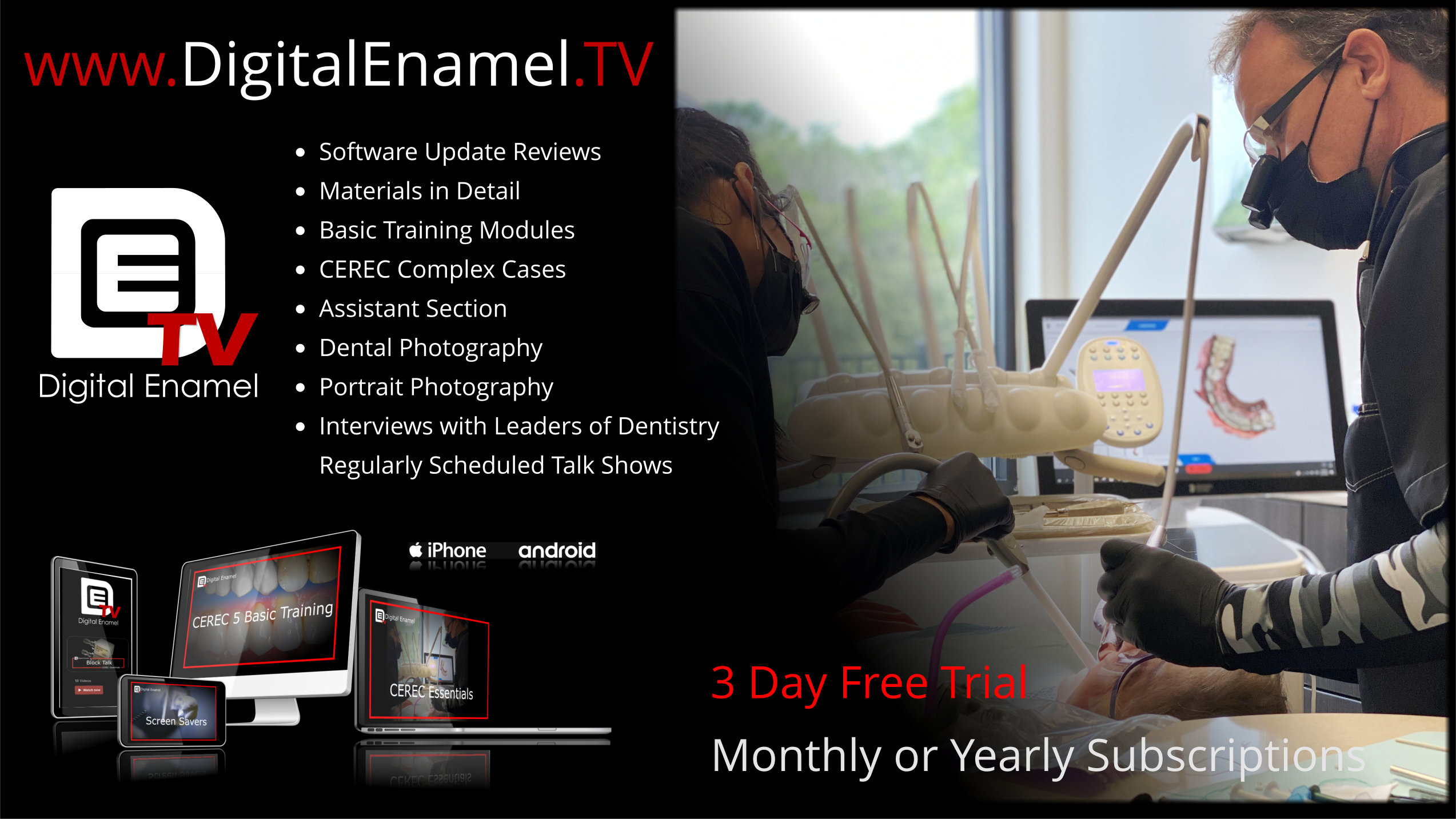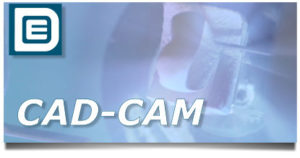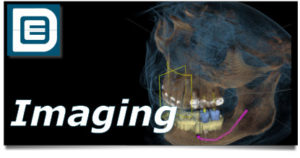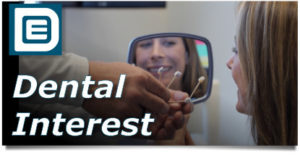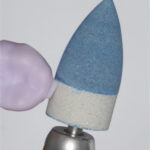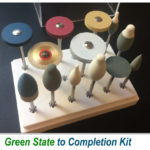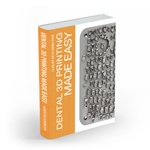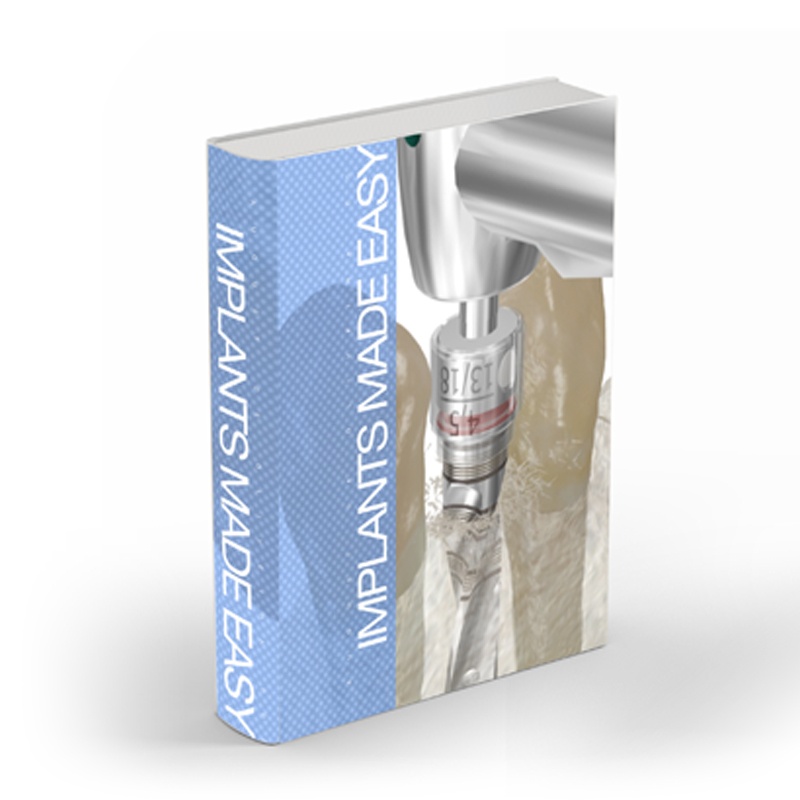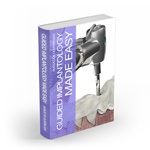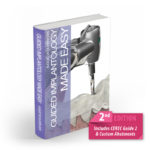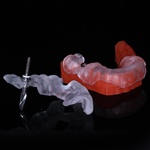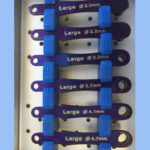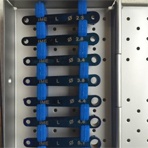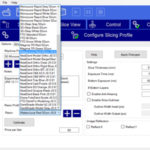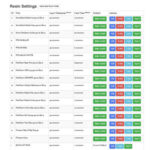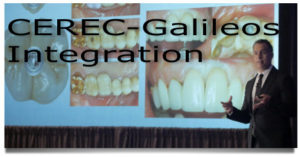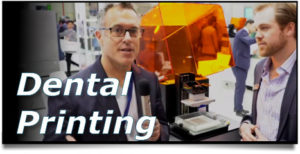Having a cone beam (CBCT), in practice is nothing short of magical. Patients benefit from this service more than they may ever know. As practitioners we want to make informed diagnoses and confident treatment plans. Incidental findings using CBCT can be life changing for our patients. When the abnormal is found, we certainly need to know where to get these patients for the best possible care.
CBCT is not only for pathology. A single 14 second scan also allows us to pre plan implant surgeries, study the airway of patients for sleep apnea treatment, and see exactly where the nerve is in relation to wisdom teeth. A few of the findings in my practice over the years with CBCT can be seen below.
These were all asymptomatic findings that were diagnosed at the patients 6 month hygiene appointment.
File Separation in the Maxillary Sinus:
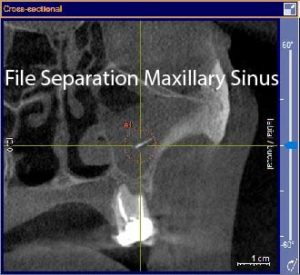 The separated file had been in the patients sinus so long that the patient could not remember when they had root canal therapy done. A referral to the ENT was given to the patient.
The separated file had been in the patients sinus so long that the patient could not remember when they had root canal therapy done. A referral to the ENT was given to the patient.
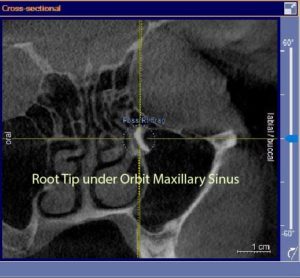 Root Tip Under the Orbit Maxillary Sinus:
Root Tip Under the Orbit Maxillary Sinus:
This patient let us know she had had the tooth removed over 10 years ago and had no idea there was a retained root tip in her sinus. She also was referred to the ENT to have the root tip removed.
Root Resorption:
Root resorption on #’s 8 and 9 was diagnosed on this patient who had no pain at all. After discussion, she elected to proceed with implant therapy following a consultation with an endodontist.

Abscessed Molar:
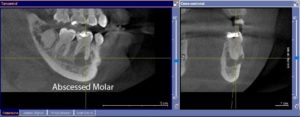 Patient presented to the office with no symptoms and had not been to the dentist in several years. Having this technology allowed us to explain to the patient the important role we have in healthcare and show the interaction of tooth infections with surrounding tissues.
Patient presented to the office with no symptoms and had not been to the dentist in several years. Having this technology allowed us to explain to the patient the important role we have in healthcare and show the interaction of tooth infections with surrounding tissues.
Artificial Joint:
This patient, as you can see, has multiple implants and an artificial joint. The artificial joint was not divulged by this patient on any paperwork so…surprise.
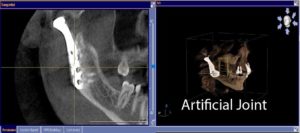
While all of the above were asymptomatic, they each needed attention. CBCT is an excellent educational tool for patients because they understand pictures, they can see the pathology and it allows them to take an active role in their own health. CBCT is continually increasing the practitioner’s ability to take care of patients. It is not only a diagnostic, but also an awesome planning tool that should be incorporated into everyday practice.
